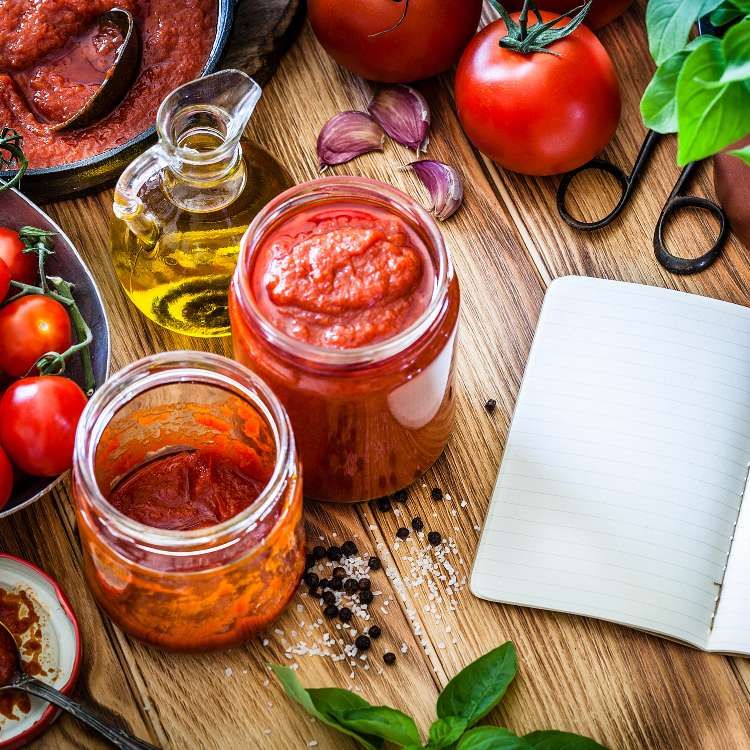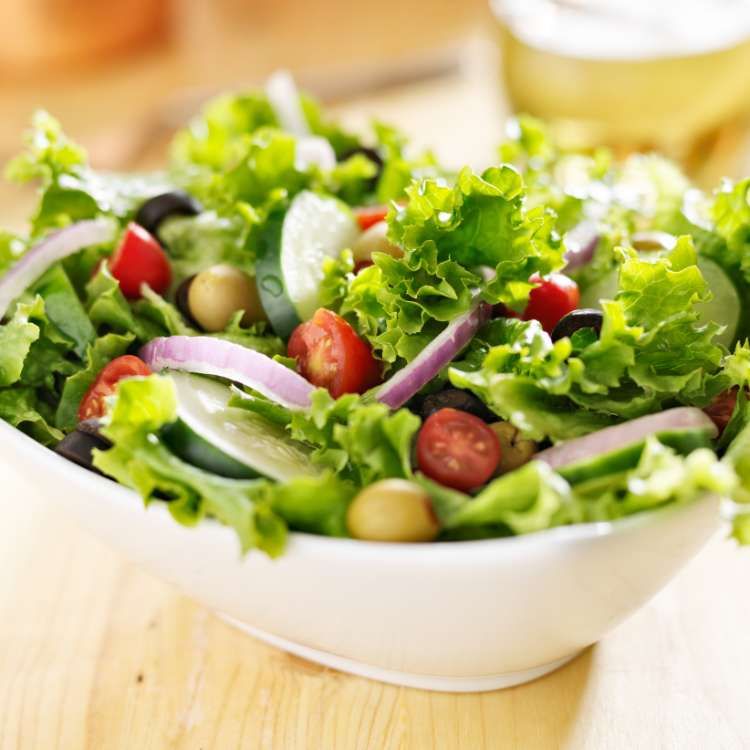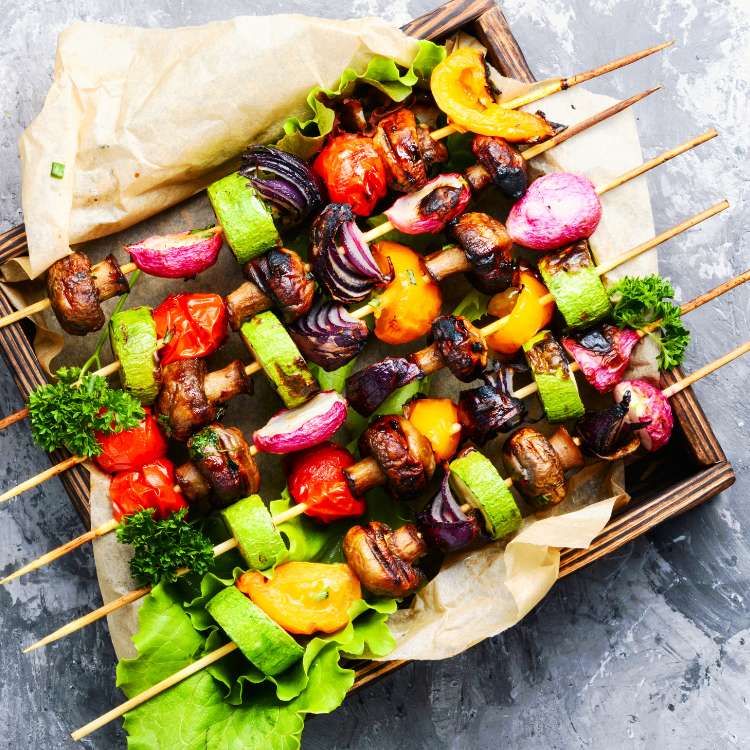
Article-at-a-Glance
Discover how to transform your survival garden harvest into quick, easy, and nutritious meals.
Learn the top crops to grow for the most versatile and delicious recipes.
Get step-by-step instructions on preparing five simple survival garden recipes.
Find out how to preserve your garden’s bounty for year-round enjoyment.
Understand the importance of a survival garden and how it supports a healthy lifestyle.
Maximizing Your Survival Garden’s Potential
Got a bunch of tomatoes, cucumbers, and herbs growing out back? Let’s turn that green thumb into a chef’s hand! Your survival garden isn’t just for emergencies; it’s a daily source of fresh, nutritious food. And here’s the best part: you don’t need to be a gourmet chef to whip up something delicious. With a few simple recipes, you can enjoy meals straight from your garden that are both healthy and quick to prepare.
Turning Harvest Into Meals: A Step-by-Step Guide
When your garden’s in full swing, you’ve got more veggies than you know what to do with. The secret? Keep it simple. Fresh ingredients make for the best meals, and with a few quick tips, you’ll turn that harvest into a feast in no time.
Fresh Picks: The Top Survival Garden Crops for Easy Cooking

First things first: what should you grow? While every garden is unique, certain crops are stars when it comes to easy cooking. Tomatoes, cucumbers, peppers, and fresh herbs are versatile and can be used in a multitude of recipes. Let’s break it down:
Tomatoes: Great for sauces, salads, and sandwiches.
Cucumbers: Perfect for pickling or adding a fresh crunch to dishes.
Peppers: Spice up your meals or enjoy them stuffed and roasted.
Fresh Herbs: Basil, parsley, and cilantro can elevate any dish.
Hearty Greens for Nutrient-Packed Salads
Leafy greens like kale, spinach, and lettuce are some of the most nutrient-dense foods you can grow. Toss them in a salad, blend them into a smoothie, or sauté them for a quick side dish. They’re not just for salads; hearty greens can be cooked down into soups and stews, adding a wealth of vitamins and minerals.
Root Vegetables: From Ground to Gourmet
Carrots, beets, and radishes are the unsung heroes of the survival garden. They store well, they’re packed with flavor, and they can be eaten raw or cooked. Grate them into salads, roast them for a sweet and earthy side, or turn them into comforting soups.
Herbs and Spices: The Flavor Enhancers
Your herb garden is like your own personal spice rack. Fresh herbs can transform a simple dish into something extraordinary. Plus, they’re super easy to grow, even in small spaces. Imagine grabbing a handful of basil to top off a homemade pizza or snipping some chives onto your morning eggs—flavor heaven!
5 Speedy Survival Garden Recipes
Now, let’s get to the good stuff—recipes! These are designed to be easy, quick, and packed with flavor. You’ll see just how simple it is to go from garden to table.
One-Pot Tomato and Basil Pasta
Imagine this: fresh tomatoes bursting in a pot, combined with garlic, olive oil, and a generous handful of basil. It’s a one-pot wonder that takes hardly any time to make. Here’s how to do it:
Start with ripe tomatoes from your garden.
Crush them up in a pot with some minced garlic and olive oil.
Throw in pasta and enough water to cook it al dente.
Once the pasta’s done, tear up fresh basil leaves, stir them in, and voilà!
You’ve got a fresh, aromatic meal that screams ‘summer’ any time of the year.
Stir-Fry Sensation: Garden Veggies & Herbs
Next up, let’s talk stir-fry. This is the ultimate quick meal that can adapt to whatever’s growing in your garden. You’ll need a hot pan, a splash of oil, and a mix of your favorite veggies and herbs. The beauty of stir-fry is its flexibility—use whatever you have on hand!
Heat some oil in a wok or large frying pan over high heat. Toss in chopped vegetables like bell peppers, snap peas, and zucchini. Keep things moving in the pan to get a nice char without overcooking. Then, add minced garlic, ginger, and a handful of chopped herbs like cilantro or basil. For a simple sauce, mix soy sauce, a touch of honey, and a sprinkle of sesame seeds. Pour it over your veggies, give everything a good toss, and serve it hot!
Example: For a vibrant and nutritious stir-fry, use rainbow chard and kale from your garden. These leafy greens will wilt down and soak up all the delicious flavors from your sauce, creating a dish that’s as healthy as it is tasty.
Stir-fries are not just about being quick and delicious; they’re a fantastic way to pack in the nutrients from your fresh garden produce.
Grilled Zucchini and Pepper Skewers

Chop zucchini and bell peppers into bite-sized pieces.
Skewer them, alternating between zucchini and peppers.
Brush with olive oil and sprinkle with salt, pepper, and your favorite herbs.
Grill over medium-high heat until charred and tender.
Grilling brings out the natural sweetness in vegetables, making these skewers a hit at any table. Serve them up as a side, or pair with a protein for a complete meal.
Zucchini and peppers are not just delicious; they’re also hydrates and full of essential vitamins. Plus, growing them is straightforward, even for beginner gardeners.
Remember, the key to perfect skewers is to cut your veggies into even sizes. This ensures they cook evenly and look great on the plate.
Quick-Pickled Cucumber and Carrots
Craving something tangy and crunchy? Quick pickles are the answer. Thinly slice cucumbers and carrots, then soak them in a mixture of vinegar, water, sugar, and salt. Add in some dill or mustard seeds for extra flavor. After about an hour in the fridge, you’ve got a refreshing side dish or a crunchy sandwich topper.
Quick pickling is a clever way to use up any excess vegetables and extend their shelf life. Plus, it’s a method that doesn’t require any fancy equipment or ingredients. Learn more about quick and easy meals from your garden.
Herb-Infused Garden Green Smoothie
Blend up a bright green smoothie using spinach or kale, a banana for sweetness, a splash of almond milk, and a generous handful of fresh mint or parsley. It’s a refreshing drink that’s loaded with nutrients and can be enjoyed any time of day.
Not only is this smoothie a powerhouse of vitamins, but it’s also incredibly hydrating and perfect for those hot summer days when you’ve been out tending to your garden.
Herbs like mint or parsley add a unique twist to your green smoothie, giving it a fresh and vibrant flavor that you’ll absolutely love.
The Ultimate Survival Salad: Mixing and Matching Your Greens
When it comes to salads, the more variety, the better. Mixing different types of greens adds texture, flavor, and a whole host of nutrients. Combine crisp lettuce, peppery arugula, and tender spinach for a salad that’s anything but boring. Toss in some edible flowers or herb leaves for a pop of color and a gourmet touch.
Sourcing Your Salad: Best Leaves to Grow
For the freshest and most flavorful salad, grow a mix of leaves in your survival garden. Lettuce, arugula, and spinach are all easy to grow and harvest. They also provide a range of health benefits, from iron to vitamin K. Plus, they grow back quickly, so you can enjoy multiple harvests from a single planting.
Dressing It Up: Homemade Vinaigrettes
A homemade vinaigrette is the perfect way to dress your survival salad. Whisk together olive oil, vinegar, a squeeze of lemon, and a touch of mustard for a classic dressing that brings out the best in your greens. Add a bit of honey or maple syrup if you prefer a hint of sweetness.
Preserving Your Harvest: Tips for Extended Use
Finally, let’s talk preservation. Your garden is generous, but sometimes it gives you more than you can eat right away. Drying herbs, freezing vegetables, and canning are all excellent ways to make your harvest last.
Preserving Your Harvest: Tips for Extended Use
When you’re blessed with an abundance of produce from your survival garden, preserving your bounty ensures nothing goes to waste and you have healthy options year-round. Let’s dive into some effective preservation methods that are both easy and practical.
Drying herbs is one of the simplest ways to preserve your garden’s flavors. Tie bunches of herbs like rosemary, thyme, or oregano and hang them in a warm, dry place. Once dried, store them in airtight containers and use them to season dishes throughout the year.
Choose herbs that are free from moisture to prevent mold.
Label your containers with the name of the herb and the date of drying.
Crush the herbs before using them to release their full flavor.
Freezing is another excellent way to preserve the freshness of your vegetables. Blanching vegetables like beans, broccoli, and carrots before freezing helps retain their texture and nutrients. Simply boil them briefly, plunge them into ice water to stop the cooking process, and then freeze them in a single layer before transferring to freezer bags.
For those with a knack for canning, it’s a fantastic way to store your garden’s harvest. Canning tomatoes, cucumbers, and peppers can provide you with a pantry full of ingredients ready for winter soups, stews, and more.
FAQ
Now, let’s tackle some common questions about survival gardens and how they can contribute to a healthy lifestyle.
What is the Most Essential Vegetable to Grow in a Survival Garden?
The most essential vegetable to grow is one that’s versatile, nutrient-dense, and easy to cultivate. Tomatoes are a top choice because they can be used in so many ways: fresh, in sauces, soups, and even preserved. They’re also packed with vitamins C and K, potassium, and antioxidants.
How Can I Maximize Flavor in Recipes Using Only Garden Ingredients?
To maximize flavor, focus on growing a variety of herbs alongside your vegetables. Herbs like basil, oregano, and thyme can elevate any dish. Also, don’t underestimate the power of fresh, ripe produce—when picked at its peak, it needs very little to shine in a recipe.
Another tip is to use different cooking methods to bring out unique flavors in your vegetables. Roasting can caramelize and sweeten, while grilling can add a smoky note.
Lastly, don’t forget to season your dishes well. A pinch of salt and pepper can go a long way in enhancing the natural flavors of your garden produce.
What are the Best Ways to Preserve Herbs from My Garden?
The best ways to preserve herbs include drying, freezing, and making herb-infused oils or vinegars. Each method has its own benefits and can help you maintain a supply of herbs for cooking throughout the year.
Can I Create a Complete Meal Solely from My Garden’s Harvest?
Absolutely! With a well-planned garden, you can grow a variety of vegetables, herbs, and even fruits to create complete and balanced meals. Think about including protein-rich plants like beans and peas, a range of vegetables for vitamins and minerals, and herbs for flavor.
What Are Some Fast-Cooking Crops That I Can Grow?
Some fast-cooking crops include leafy greens like spinach and chard, which can be sautéed in minutes. Radishes and green onions can be harvested quickly and add a fresh crunch to salads. Herbs are also fast and easy to use, requiring just a chop or sprinkle to incorporate into dishes.
In conclusion, your survival garden is a treasure trove of fresh, nutritious food that can be turned into quick and easy meals. With the right crops and a little creativity, you can enjoy delicious, homegrown meals that support a healthy lifestyle. And by preserving your harvest, you can extend the benefits of your garden throughout the year. So, roll up your sleeves, harvest your bounty, and start cooking!







Leave a Reply